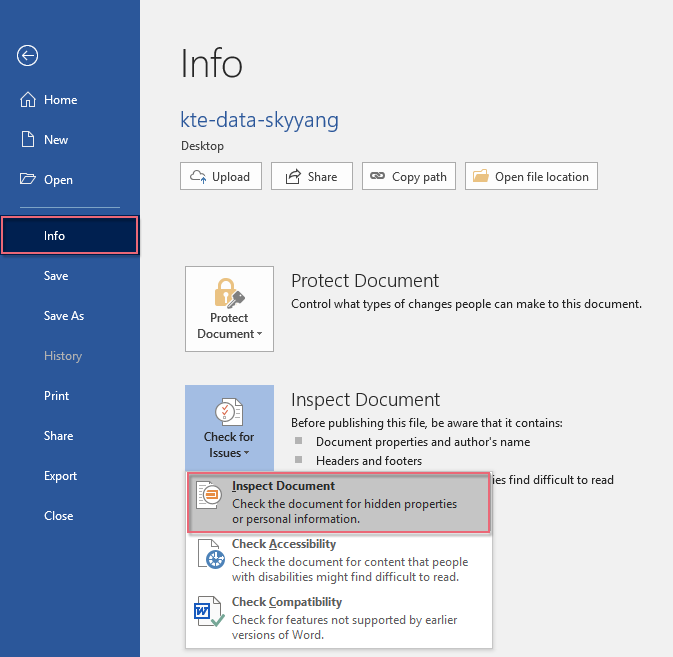

- #How to delete header section 2 how to#
- #How to delete header section 2 full#
- #How to delete header section 2 pro#
#How to delete header section 2 how to#
This bonus MS Word tip is also available in the free PDF 30 things you should never do in Microsoft Office.Įditor’s note: This Microsoft Word article was updated to include a video tutorial, a bonus tip, and new related resources.Do you want to know how to make a header in Excel? Or are you wondering how to add the footer page 1 to the current worksheet? This tutorial will teach you how to quickly insert one of the predefined headers and footers and how to create a custom one with your own text and graphics. For more on changing Word defaults, read 10 Word defaults you can customize to work the way YOU want. Change those defaults and eliminate those tedious steps you take every time you start a new document. Fortunately, Word lets you take the wheel if you want to. However, those defaults can be annoying if you’re constantly having to reset options.
#How to delete header section 2 full#
Let Word decide: Word is full of defaults that are adequate in most circumstances.
#How to delete header section 2 pro#
SEE: Software usage policy (Tech Pro Research) A bonus Microsoft Word tipįrom the article 10 things you should never do in Word by Susan Harkins: In addition, if you delete a section break, you’ll lose changes you made to that section’s header/footer. Accommodating section breaks is much easier if you can see them. When working with section breaks, use the Show/Hide option (on the Home tab in the Paragraph group) to display them. Simply change the text, field, or object as you normally would. At this point, you’re ready to change the header. Breaking the link to the previous section won’t change anything-it just allows you to make changes. It’s important to note that the existing header is still part of the new section. Office 365 (Tech Pro Research) Step three SEE: Cost comparison calculator: G Suite vs. Also, notice that the Link To Previous option is dimmed. I increased the header’s font size so you can compare it to the header in the next figure (below). Then, click the Link To Previous button in the Header and Footer toolbar to break the link.īreaking the link does not remove an existing header or footer from the new section. In Word 2003, choose Header and Footer from the View menu to open the header in edit mode.In the context Design tab, click the Link To Previous option in the Navigation group. Double-click in the new section’s header space.Step twoĪfter adding a section break, you need to break the link between the previous section and the newly added section, as follows: For example, if you want the new header to begin on page 4, insert the Next Page section break at the bottom of page 3 (see the next figure).

Generally, you’ll insert a Next Page section break at the bottom of the page that falls just before the page where you want the new header or footer to begin. Where to put the section break might cause some confusion. Choose a break from the resulting dialog and click OK.

Quick glossary: Metaverse (TechRepublic Premium) Working with PDFs is a breeze with PDF Converter Pro TechRepublic Editor-in-Chief Bill Detwiler bids farewell, introduces new Managing Editor, Tamara Scottīecome a Linux expert just in time for the 2022 boom


 0 kommentar(er)
0 kommentar(er)
